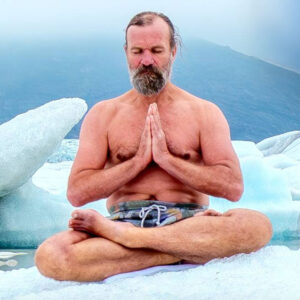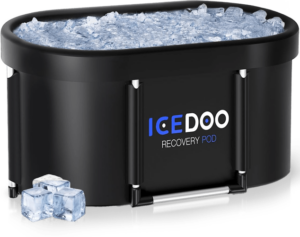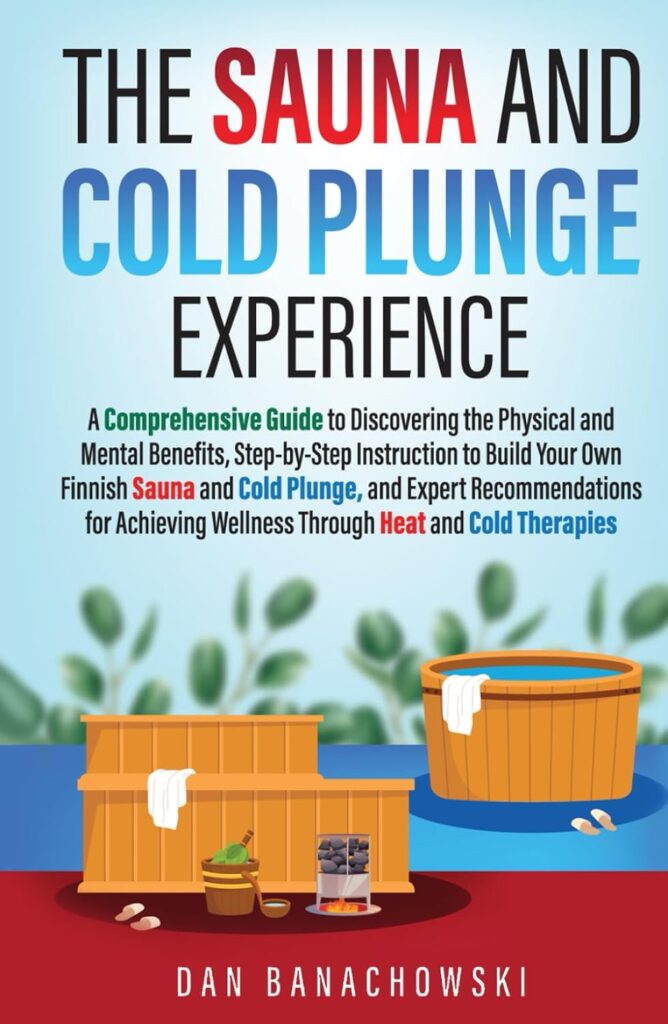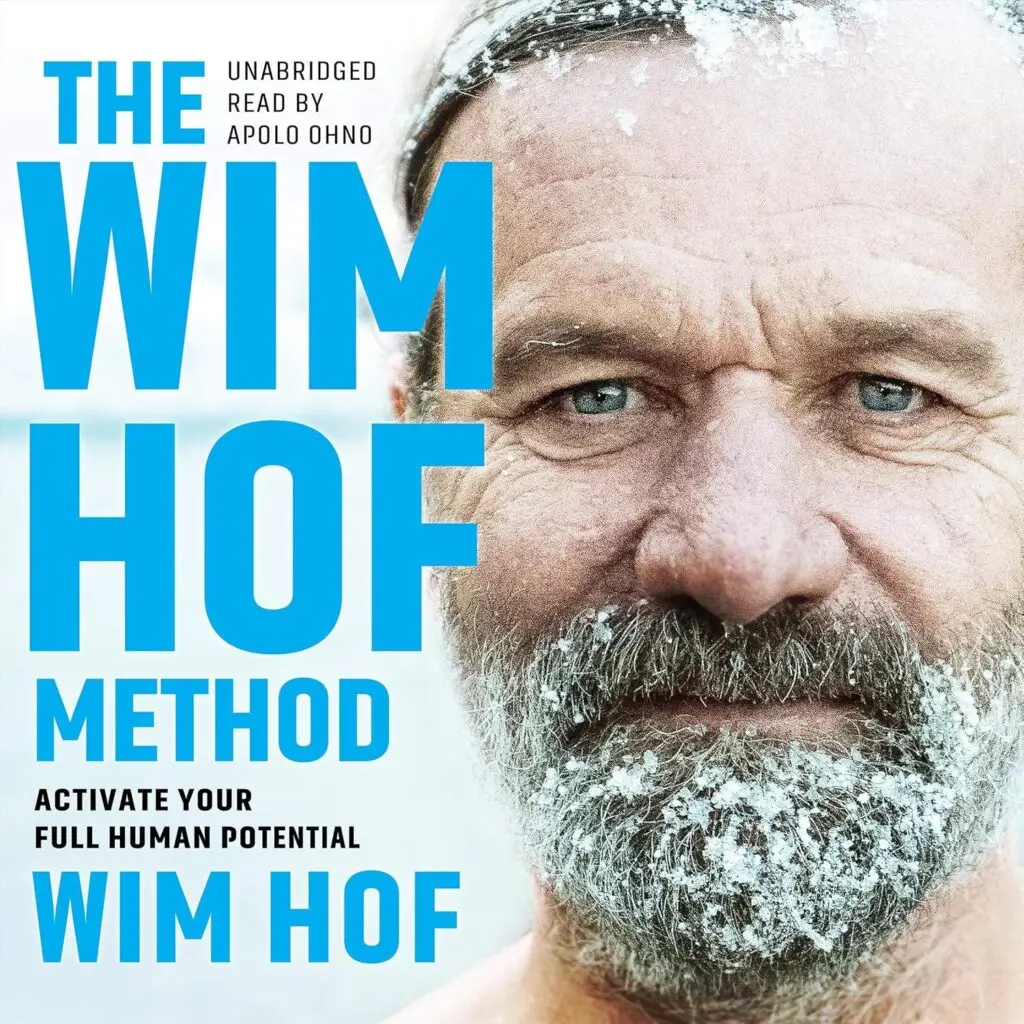Your ancestors faced harsh winters without modern heating. Far from merely surviving these conditions, their bodies adapted and grew stronger through cold exposure. This ancient environmental challenge helped shape human biology, creating powerful adaptive mechanisms that most of us rarely activate in our temperature-controlled world.
Think of your body as a hibernating bear, comfortable in its warm cave. While this comfort feels pleasant, it masks an untapped reservoir of biological potential. Just as a bear emerges stronger after winter, your body holds dormant adaptative capabilities waiting to be awakened by controlled cold exposure. Modern science has revealed that this environmental stimulus triggers a cascade of powerful biological responses that extend far beyond simple temperature regulation.
When your skin encounters cold, it activates an intricate survival program encoded deep within your cells. This isn’t just about feeling chilly — it’s about awakening ancient genetic pathways that enhance metabolism, strengthen immunity, and boost cellular resilience. Your body responds to cold like a city preparing for winter: mobilizing resources, optimizing energy systems, and strengthening its defenses.
The science behind cold exposure reveals nature’s elegant design. When cold receptors in your skin signal your nervous system, it triggers an immediate redistribution of blood flow and activation of brown adipose tissue — specialized fat cells that generate heat through a process called thermogenesis. This metabolic acceleration creates a domino effect throughout your body: stress hormones optimize for performance, inflammation markers decrease, and your immune system strengthens its surveillance.
Beyond these immediate responses, regular cold exposure induces profound adaptations. Your blood vessels become more responsive, improving cardiovascular health. Mitochondria multiply within your cells, enhancing energy production. Your stress resistance improves as your body learns to handle environmental challenges more efficiently. These adaptations compound over time, like building layers of resilience in your biological armor.
The benefits of cold exposure reach into multiple aspects of human biology. Athletes discover enhanced recovery and reduced inflammation. Those seeking mental clarity find improved focus and reduced anxiety through the cold’s effects on neurotransmitter systems. Sleep quality often improves as the body’s temperature regulation systems optimize. Even the immune system strengthens, as controlled stress from cold exposure trains your body’s defense mechanisms.
Most remarkable is how this ancient stimulus creates such comprehensive effects. Unlike targeted interventions that focus on single pathways, cold exposure activates multiple biological systems simultaneously. It’s like conducting an orchestra where each section — metabolism, immunity, circulation, and mental focus — plays its part in a symphony of adaptation.
The beauty of cold exposure lies in its accessibility. Whether through cold showers, ice baths, or winter swimming, you can begin this journey of biological optimization without complex equipment or protocols. The key lies in progressive adaptation — starting gently and building tolerance over time, just as our ancestors did.
This explains why cold exposure has emerged as a cornerstone of modern biohacking. Its effects on human biology transcend simple discomfort, offering a path to enhanced resilience and vitality. The enthusiasm surrounding this practice stems from its fundamental impact on our physiology — users consistently report improved energy levels, mental clarity, and overall robustness. What begins as a challenging morning routine often evolves into a cornerstone of personal optimization, as practitioners discover the cumulative benefits across multiple aspects of their biology.







